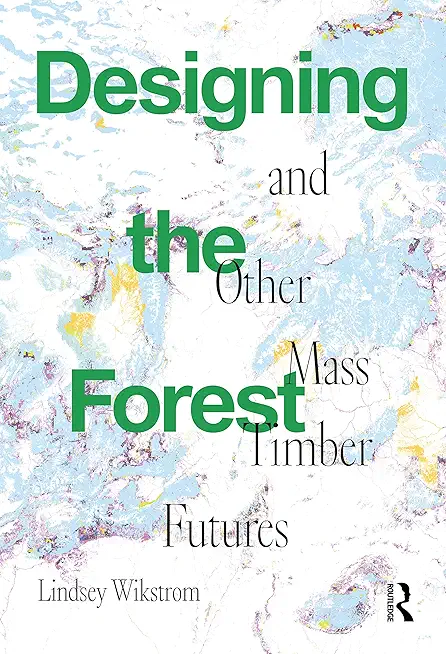
This book retraces wood's passage from stewarded seed in the soil of forests, to harvested biomass, to laminated walls in a living room, through to its disassembly, pausing at each step in the supply chain of mass timber to consider the labor and economies involved, looking closely at the way wood is grown, sourced, and transported, and its impacts on the biodiversity of the forest and the health of our ecosystems. It explores why historically entrenched contexts of extractivism make such sensitive approaches difficult to cultivate across landscapes and industrial frameworks. Along the way, common assumptions about mass timber are debunked, including its fire performance, its strength, and its role in carbon sequestration. Having identified contemporary technical, cultural, and spiritual gaps preventing the transition towards a fully timber built environment, it outlines how we might move forward. A more sensitive species-based methodology is essential, with designers as choreographers of carbon, transferring and trading between forest, factory, site, and beyond.
This will be an important read for anyone interested in our built environment and how to design it to be non-extractive, especially those with an interest in architecture, urbanism, forests, ecology, and timber, as well as students of architecture and design interested in the generative nature of materials and design processes.







